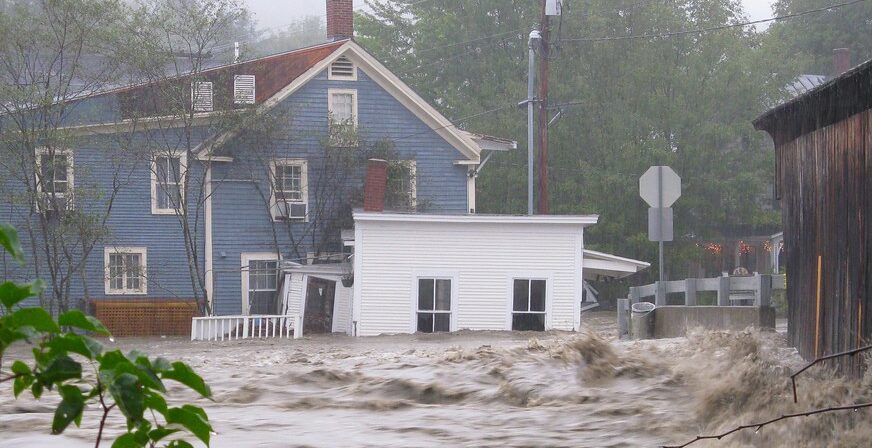Get more information on “Expert Tips on How to Keep Your Home Safe from Flooding.”
Natural Disasters Can Strike Anytime. Floods are one of the most destructive natural disasters, often arriving without warning and leaving severe damage behind.
Whether you live in a flood-prone zone or simply want to be cautious, preparing ahead can help protect your home and belongings. From simple DIY precautions to advanced protective strategies, there are practical steps you can take to minimize risks.
This guide highlights professional advice and effective methods to reduce the chance of costly water damage and keep your family safe.
Get A Property Insurance Quote
Get more information on “Expert Tips on How to Keep Your Home Safe from Flooding.”
Expert Tips on How to Keep Your Home Safe from Flooding
When heavy rains arrive, they don’t just soak the ground—they can bring dangerous floodwaters capable of destroying valuables and damaging your home. But with the right planning, you don’t have to feel helpless. Below are important tips to help safeguard your home when flooding threatens.
1. Secure an Elevation Certificate
If your property lies in a flood zone, your insurance company may require an elevation certificate. This document, prepared by a licensed land surveyor, shows your property’s flood zone classification, lowest elevation, and other details that impact building codes and insurance costs.
In some cases, your local municipal office may already have it on file—especially if your community is part of the National Flood Insurance Program (NFIP). Additionally, many homeowners receive the certificate during closing if a survey was conducted when purchasing the property.
Get more information on “Expert Tips on How to Keep Your Home Safe from Flooding.”
2. Create a Flood Emergency Kit
Preparation is your strongest line of defense against natural disasters. For flood situations, ensure your family has an emergency supply kit ready at all times. It should include:
- At least three days’ worth of food and drinking water.
- Clothing, personal hygiene items, and basic toiletries.
- Flashlights with extra batteries.
- A fully charged phone with emergency contacts saved.
- A battery-powered radio to monitor weather alerts.
Having these essentials on hand ensures your family remains safe and supported during critical moments.
3. Take Preventive Steps Around the House
While you can’t control the weather, you can minimize damage by preparing your home. Consider these preventive measures:
- Switch off power before water levels reach electrical panels.
- Relocate valuables such as electronics, important documents, and furniture to higher floors.
- Secure outdoor items like fuel tanks, generators, or air conditioners that might shift or float during flooding.
- Use sandbags to block entry points or redirect water flow. Many local governments distribute them free of charge ahead of storms—check with your local office.
These simple steps can significantly reduce the extent of damage.
4. Inspect and Maintain Plumbing Systems
Flooding doesn’t only come from outside sources—internal issues can cause major problems too. Leaking pipes, blocked drains, or faulty plumbing can lead to indoor water damage and mold growth.
Schedule regular inspections and repair issues immediately to prevent unexpected flooding inside your home. A well-maintained plumbing system is a strong first line of defense.
Final Thoughts
Flooding is unpredictable, but that doesn’t mean you’re powerless. By preparing early, securing insurance, strengthening your home, and maintaining your property, you can protect your household from devastating losses.
Taking preventive action today ensures peace of mind tomorrow. Don’t wait until water levels rise—start applying these safety measures now.
Get more information on “Expert Tips on How to Keep Your Home Safe from Flooding.”










